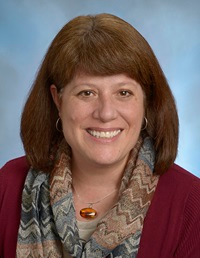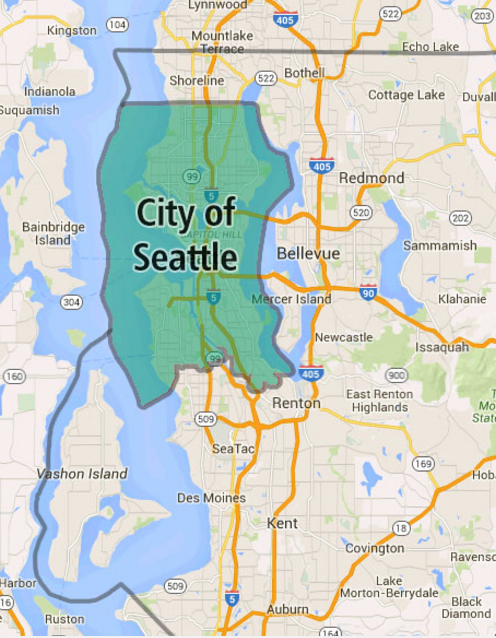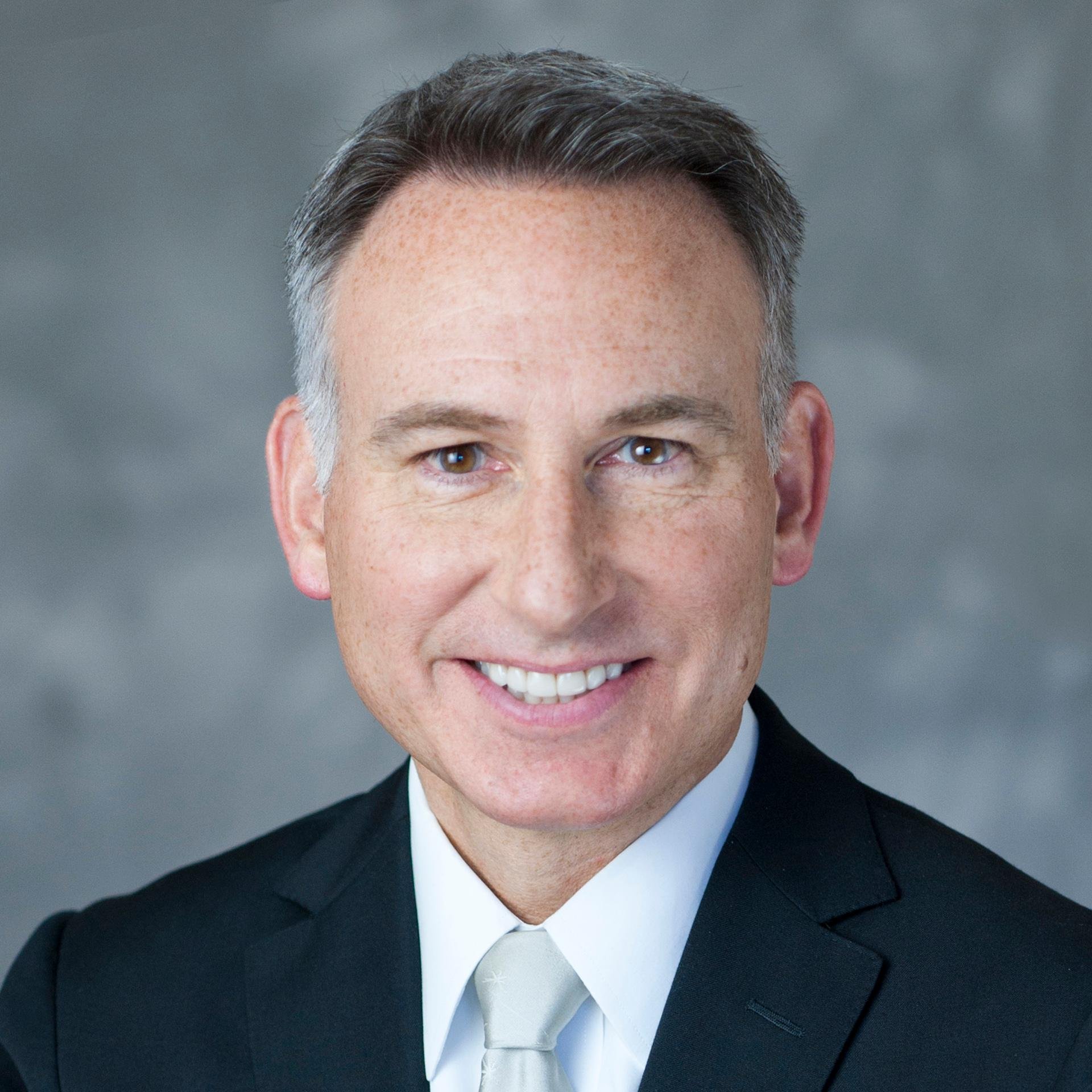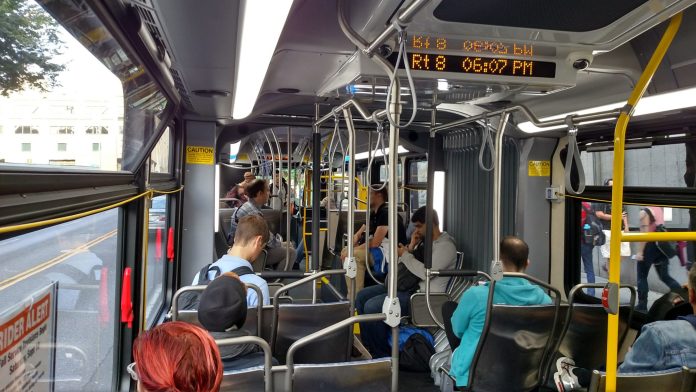King County Executive Dow Constantine unveiled a proposal to adopt a flat $2.75 fare across its King County Metro Transit network. For folks previously taking two-zone peak trips, the universal $2.75 fare would mean a $0.50 lower fare, whereas people taking one-zone trips off-peak will pay 25 cents more. The change could be enacted as soon as July 2018 if a majority of the King County Council votes in favor.
Shefali Ranganathan, Executive Director of the Transportation Choices Coalition, welcomed the change.
“Everyone deserves access to opportunity: the chance to get to work or school affordably, quickly, and reliably,” Ranganathan said. “With this proposal, Metro is removing barriers that make it challenging for folks to get on a bus by both simplifying fares and making transit more affordable for those who need it most.”
Senior citizens (65 and up) will continue to pay $1.00 fares at all times. Youth ages 6 to 18 will still pay $1.50, as will those qualifying for ORCA LIFT, a reduced fare program capped at double the federal poverty level–meaning a monthly income of $2,010 or less for a household of one. (Here’s how to enroll in ORCA LIFT.) The 25-cent fare hike off-peak could increase the importance of driving up participation rates in the ORCA LIFT program.
Attracting Suburban Ridership
The new fare structure should be a boon for folks commuting into Seattle from the suburbs. Tukwila City Councilmember Kathy Hougardy voiced support for the proposal.
“This fare change will become more important as cities in South King County continue to grow–and as people move to south-end cities in search of more affordable housing,” Hougardy said. “Tukwila is a major employment center for the region. We have workers crossing over the current fares zones every day.”

“The result will be no change or a fare decrease for most riders and will make transit more attractive for thousands of daily riders on the Eastside and all over King County,” said King County Councilmember Claudia Balducci, who resides in Bellevue.
The flip side of a fare structure designed to entice suburb-to-city (or vice versa) trips is transit riders who were taking one-zone trips off-peak would suffer increased transportation costs. $2.50 was already a relatively high fare, particularly off-peak, at least compared to some peer cites. Los Angeles Metro’s fare is $1.75 all day, for example, as is Minneapolis’ bus fare off-peak or $2.25 at peak hours.
Selling A Flat Fare
Backers pitched the proposal as a win for most riders. “About 65 percent of Metro customers will see no change or a fare reduction, according to boarding data,” Executive Constantine’s press release stated.
“Whether you’re traveling between Ballard and Bellevue, White Center and Westlake, or anywhere that crosses the Seattle city limits, this new fare means money in your pocket,” Executive Constantine said. “For riders who may end up paying a little more, we’re making sure people with low incomes, seniors, and the disabled and have more access to transit than ever.”

About one-third of Metro customers would see a fare increase. The Transit Riders Union (TRU) has advocated for lower fares in the past, and General Secretary Katie Wilson did express some concerns with the idea.
“TRU appreciates the effort to simplify the fare structure, and in light of the suburbanization of poverty it makes a lot of sense to do away with the higher 2-zone fare,” Wilson said. “We are, however, concerned with the impacts of the off-peak fare increase on riders who are above the ORCA LIFT eligibility threshold but still struggling with transportation and housing costs.
“The US Department of Housing and Urban Development considers a family of four making $72,000 in King County to be low-income. The low-income eligibility threshold for ORCA LIFT for a family of four is less than $50,000,” Wilson said. “Many households that do not qualify for reduced transit fares are cost-burdened, and the increase from $2.50 to $2.75 will impact them. At the very least, all additional revenue from the fare restructure should be directed to programs that make transit more affordable for lower-income riders.”
Executive Constantine added some caveats somewhat lessening the weight of the fare increase for some:
- 21% of off-peak riders pay “full adult fares without any subsidy or employer-sponsored pass;”
- 14% of off-peak riders use employer or organization-sponsored transit passes; and
- About 31% of Metro riders qualify for ORCA LIFT, youth, senior and disabled fares. “They would see no change,” the release stated.
The press release did not state what percentage of qualifying Metro riders have signed up for the program. Many programs of the type struggle to get qualified recipients to fill out the paperwork to get on the program.
The new fare structure is also intended to speed up boarding and payment. Rob Gannon, General Manager of King County Metro Transit, argued flat fares would increase operational efficiency.
“A simple $2.75 flat fare makes Metro service easier and more accessible for the hundreds of thousands of riders who depend on us,” Gannon said. “It makes boarding faster, which helps reduce delays. And it improves safety for drivers and customers because it lowers the potential for disputes over payment.”

Finally the office of the Executive stressed “the ordinance would include additional funding to help passengers who earn very low incomes not covered by ORCA LIFT and passengers least able to pay during off-peak hours:”
- $400,000 increased funding for the Human Services Ticket Program “to offset higher cost for social service agencies that distribute discount tickets.” 44% of tickets sold through the program are for off-peak trips.
- “Working with ORCA partners to reduce fees for adult and youth ORCA cards and eliminate the $3 card fee for seniors and people with disabilities.”
- “Continuing to work with schools, colleges and universities to enhance fare programs for students.”
Metro Transit said its research indicated respondents supported the change. “Metro spent six months hearing from customers, and received more than 11,000 responses to two public surveys, including one in which 80 percent expressed support for a flat fare.”
Contact information for King County Councilmembers can be found here for those looking to comment ahead of the vote.
Update: King County Metro Transit projects the flat fare proposal would have a net impact of a $2.3 million revenue increase in the year 2020, Public Affairs Director Scott Gutierrez said.
Doug Trumm is publisher of The Urbanist. An Urbanist writer since 2015, he dreams of pedestrian streets, bus lanes, and a mass-timber building spree to end our housing crisis. He graduated from the Evans School of Public Policy and Governance at the University of Washington in 2019. He lives in Seattle's Fremont neighborhood and loves to explore the city by foot and by bike.


